Bouzek, Jan : Studies of Greek pottery in the Black Sea area
12,00 €
% 45,00 € (73.33% gespart)
Sofort verfügbar, Lieferzeit: 1-3 Tage
"Bouzek, Jan : Studies of Greek pottery in the Black Sea area"
Jan Bouzek,
Studies of Greek pottery in the Black Sea area
Prag 1990
199 S., zahlr. S/W-Abb., 24,5 x 17 cm; kartoniert
0 von 0 Bewertungen
Durchschnittliche Bewertung von 0 von 5 Sternen
Anmelden
Keramik

Julia Braungart,Studien zur frühkupferzeitlichen Foeni-Gruppe im südwestlichen Rumänien anhand der Gefäßkeramik aus Foeni-Cimitirul OrtodoxCluj – Napoca 2022ISBN 978-606-020-444-2626 S./pp., zahlr. Farb- und S/W-Abb./num colour and b/w-figs., 29,7 x 21 cm; kartoniert/hardcover

Özlem Ekinbaş Can,The Sedentary Hunters Of The Upper Tigris. Pre Pottery Neolithic Architecture in the Upper Tigris Basin in the Light of Gre Fılla Excavations / Diclenin Kuzeyinde Yerleşik Avcılar. Gre Fılla Kazıları Işığında Yukarı Dicle Havzasında Çanak Çömleksiz Neolitik Dönem Mimarisi Ankara 2025 ISBN 978-625-6925-85-4343 S./pp., zahlr Farb- und S/W-Abb./num. colour and b/w-figs., 24 x 16 cm; kartoniert/hardcover zweisprachig türkisch - englisch bilingual turkish - english
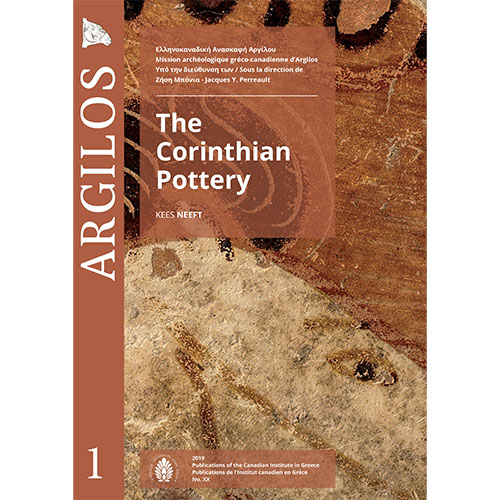
Kees Neeft, Argilos 1: The Corinthian Pottery(Publications of the Canadian Institute in Greece, No. 11)(Publications de l'Institut canadien en Grèce, No. 11)Athen 2020ISBN 978-0-9737979-4-7142 S./pp., zahlr. Farb- und S/W-Abb. / num. colour and b/w-figs., 29 x 21 cm; broschiert/softcover
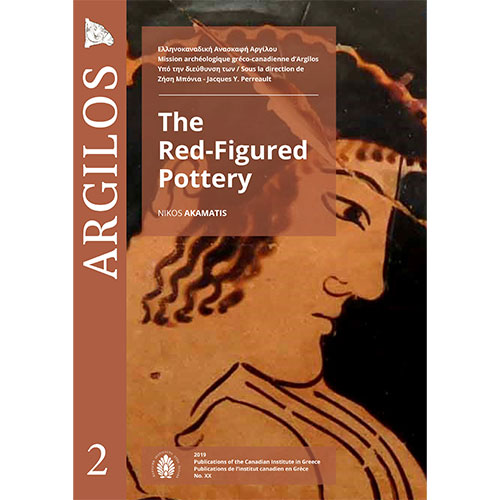
Nikos Akamatis, Argilos 2: The Attic Red-Figured Pottery(Publications of the Canadian Institute in Greece, No. 12)(Publications de l'Institut canadien en Grèce, No. 12)Athen 2020ISBN 978-0-9737979-5-4104 S./pp., zahlr. Farb- und S/W-Abb. / num. colour and b/w-figs., 29 x 21 cm; broschiert/softcover
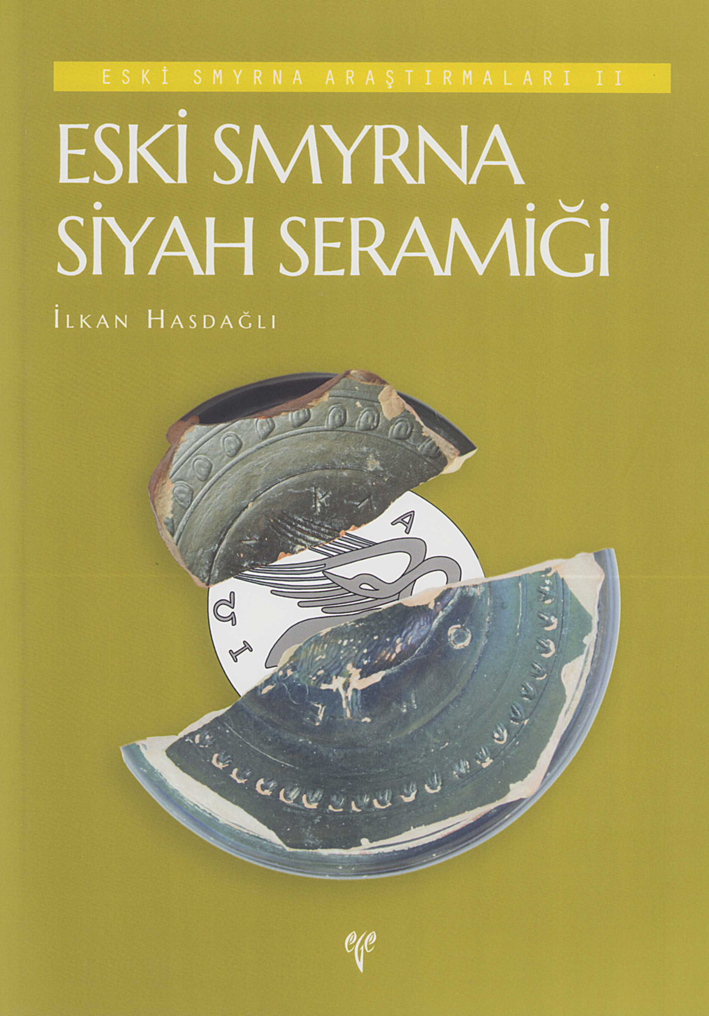
İlkan Hasdağlı, Eski Smyrna Siyah Seramiği(Eski Smyrna Araştırmaları II)Istanbul 2025ISBN 978-625-8056-97-6XIV + 294 S., zahlr. Farb- und S/W-Abb./num. colour and b/w-figs., 29,7 x 21 cm; broschiert/softcover Önsöz ve Teşekkür I. Giriş II. 6. Yüzyıldan Hellenistik Dönem'e Kadar Eski Smyrna III. Siyah Seramiğin Temel Unsurları IV. Batı Anadolu’da Attika Seramiği ve Attika Taklidi Seramik V. Eski Smyrna Siyah Seramiği V.1. Eski Smyrna Siyah Seramiğinde Hamurlar ve Palmet Baskılar V.2. Eski Smyrna Siyah Seramiği V.2.1. Krater V.2.2. Maşrapa V.2.3. Skyphos V.2.4. Kyliks V.2.5. Bolsal V.2.6. Tek Kulplu Kase V.2.7. Dışa Çekik Ağızlı Kase V.2.8. İnce Kuşaklı Kase V.2.9. Cup-Skyphos V.2.10. Sessile Kantharos V.2.11. Cup-Kantharos ve Kantharos V.2.12. İçe Kıvrık Ağızlı Kase V.2.13. Küçük Kase V.2.14. Tuzluk ve Kaideli Tuzluk V.2.15. Konveks-Konkav Profilli Kase V.2.16. Ayaklı Tabak V.2.17. Balık Tabağı V.2.18. Tabak V.2.19. Kapalı Kap V.2.20. Amphoriskos V.2.21. Lekanis V.2.22. Özel İşlevli (?) Kaseler V.2.23. Kalyks Kase V.2.24. Çeşitli Siyah Parçalar V.2.25. Eski Smyrna Siyah Seramiğinde Yazı ve İşaretler V.3. Hellenistik Dönem Seramikleri V.4. Beşinci Yüzyılda Eski Smyrna’daki Attika Siyah Seramiği V.5. Dördüncü Yüzyılda Eski Smyrna’daki Siyah Seramik V.6. Siyah Seramik Verileriyle Eski Smyrna’nın Terk Tarihi Meselesi V.7. Klazomenai Ticari Amphoraları V.8. Bardak Biçimli Kantharos ve Günlük Kaseler V.9. İzmir Körfezi’nin Kuzeyindeki Durum V.10. Propthaseia Vazoları V.11. Eski Smyrna Siyah Seramiğinin Üretim Yeri Sorunu V.12. Eski Smyrna Seramiklerinin Kil Analizi Verileriyle Değerlendirilmesi V.13. Tarihsel ve Politik Çerçevede Eski Smyrna Siyah Seramiğinin Üretim Merkezi V.14. Körfez Atölyesi Siyah Seramiğinin Tarihsel Değişimi ve Oransal Verileri VI. Sonuç VII. Katalog VIII. Ekler VIII.1. Kil Analizi Listesi VIII.2. Analiz Dökümü Kaynakça ve KısaltmalarPlanHaritalarFigürlerLevhalarİndeks
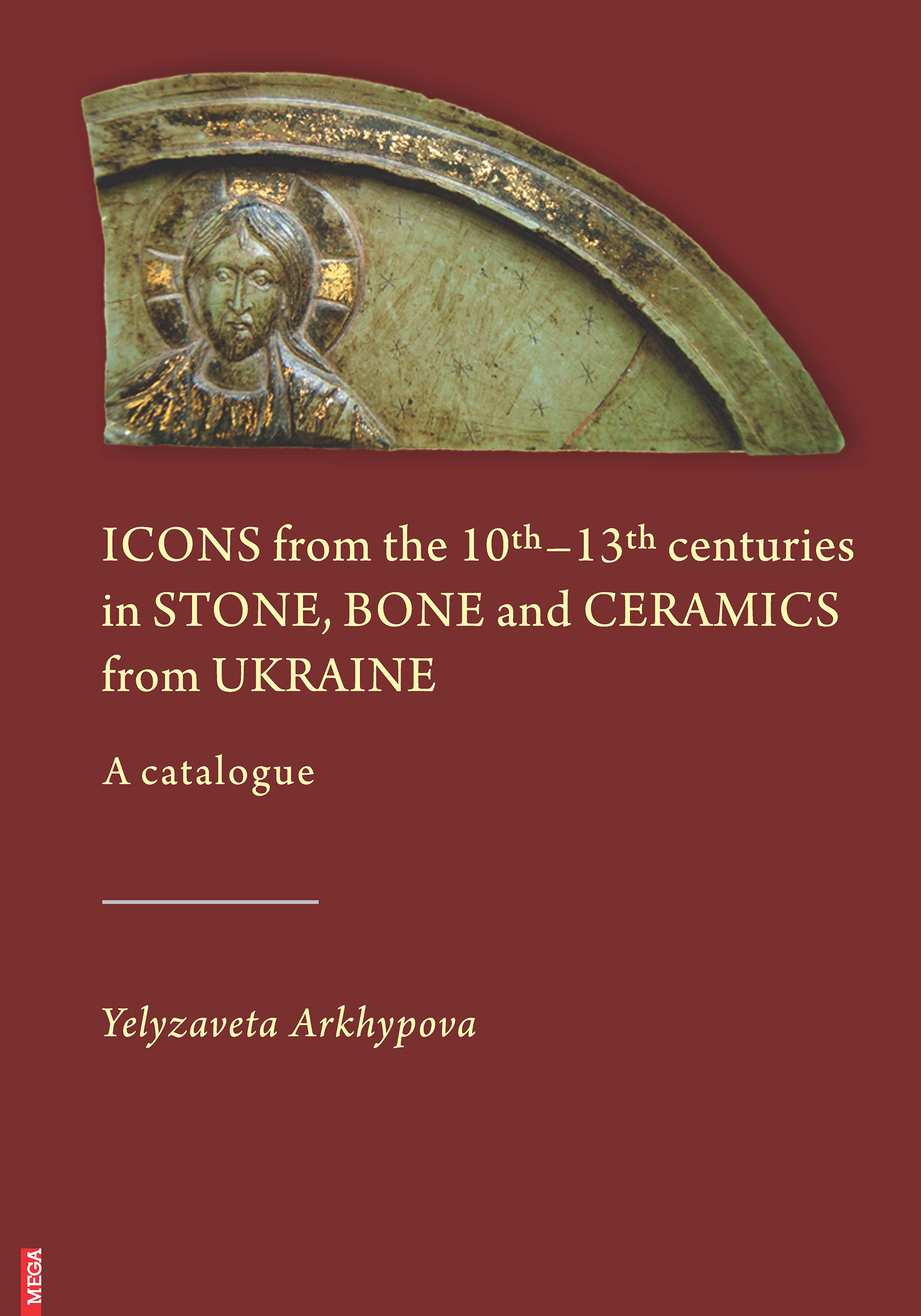
Yelyzaveta I. Akhypova, Icons from the 10th–13th centuries in Stone, Bone and Ceramics from Ukraine.A catalogueCluj – Napoca 2025ISBN 978-606-020-907-2256 S./pp., Farb- und S/W-Abb./colour and b/w-figs., 28 x 22 cm; kartoniert/hardcover This book is devoted to a very special circle of works that have reached us from the art of Kyiv Rus of the late 10th-11th centuries, and from the artistic heritage of those principalities, which after the collapse of the vast Kyiv state were formed in the southern and south-western parts of its territory. These principalities continued to exist in the 12th-13th centuries, until the invasion of the Tatar-Mongol hordes in 1230-40s, i.e. in the pre-Mongol period, and partly survived in the following decades. When it comes to the artistic culture of that vast world, we usually remember, first of all, the ecclesiastical architecture, the mosaics and the frescoes of the churches of Kyiv and Chernihiv, the enormous 11th-century icons of Novgorod, made, apparently, by artisans then visiting Kyiv, the miniatures of the 1056-57 Ostromir Lectionary, the decorations of other outstanding illustrated manuscripts, as well as the precious gold and silver jewelry, decorated with cloisonné enamel and other exquisite methods of jewelry art. The monumental sculpture also existed in that world: carvings in white stone (limestone) on the facades of some churches, narrative and ornamental plastic of certain interior elements such as remarkable reliefs(both patterned and narrative) on the slate slabs that decorated Kyiv’s churches. However, monumental sculpture and relief played relatively a modest role in that artistic world. This assessment of the role of sculpture will not change much even if we recall the existence of wooden sculpture, the art inherited from pagan times and known to us from the few surviving relatively late works of the north-east and north-west of Rus, which being largely primitive in nature have reached us only in small numbers due to the poor preservation of the material employed. (Foreword by Engelina Smirnova).
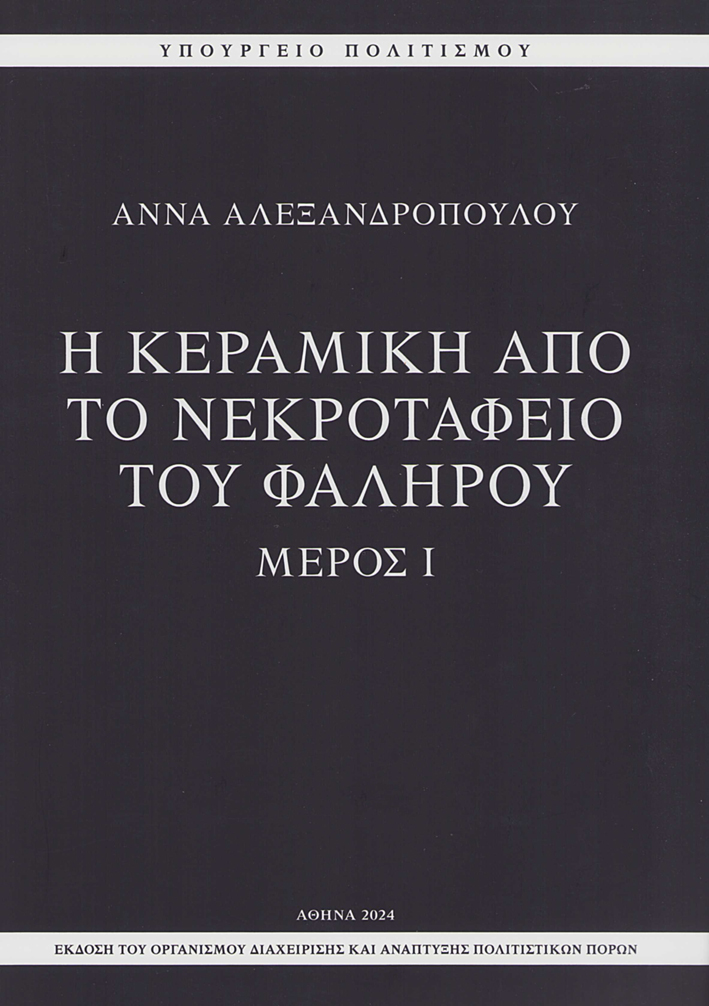
Anna Alexandropoulou / Aννα Αλεξανδροπούλου,He Keramike apo to Nekrotapheio tou Phalerou: Meros I / H Kεραμική από το Nεκροταφείο του Φαλήρου: Μέρος Ι (Demosieumata tou Archaiologikou deltiou, ar. 119 / Δημοσιεύματα του Αρχαιολογικού Δελτίου, Αρ. 119)Athen 2024ISBN 978-960-386-702-9338 S./pp., zahlr. Farb- und S/W-Abb. / num. colour and b/w-figs., 29 x 21 cm; broschiert/paperback

Andrei Opaiț, The Sacred Area Sector Roman Coarseware (1st - 7th centuries) (Histria XVI)Cluj – Napoca 2024ISBN 978-606-020-839-6184 S./pp., zahlr. Farb- und S/W-Abb./num. colour and b/w-figs., 29,7 x 21 cm; kartoniert/hardcover The history and evolution of the old Milesian colony Histria is quite well known from numerous articles and an impressive series of monographs that have discussed many archaeological discoveries from the Archaic to the Roman era. There is no need, therefore, to summarize their contents here. This study of the coarseware ceramics from the Sacred Area sector called also “sector T”, at Histria seeks to bring to light an archaeological material generally neglected by the publications of this sector. Because Roman ceramics were not usually retained in the course of excavations in the Sacred Area sector, the number of pieces in this study is smaller than the number analyzed in a relatively recent monograph focusing on more thoroughly-collected Roman ceramics from other sectors. We can add numerous other ceramic publications that have appeared since this monograph especially in recent years. In turn, the “Sacred Area sector “ sector has been discussed in numerous publications, and summarized in two recent articles published by A. Avram and his collaborators, and one published by F. Munteanu. Although the focus of the former article is on the Archaic, Classical, and Hellenistic periods, when the temples in this area were in use, several pages are also dedicated to the Roman period when this sector changed its sacred character and became, for a short period, an artisanal area and then until the 7th century AD a residential district. The second article pays more attention to the Roman quarter, which featured a large “Constantinian house” covering 380 m², with four rooms and an internal court with peristyle, built perhaps during the second half of the 4th century. During the 6th century this edifice was repurposed and subdivided into many rooms with storage functions. Perhaps also in the 6th century, a series of other buildings-perhaps simple houses-were constructed to the south of this edifice, containing dolia, mortaria, and many vasa potatoria, coquinatoria and amphorae.
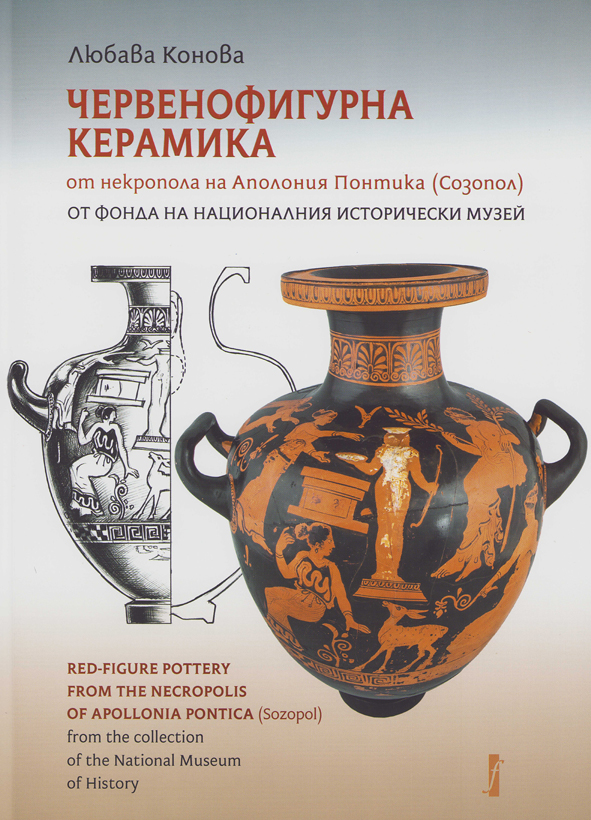
Lyubava Konova, Red-figure pottery from the necropolis of Apollonia Pontica (Sozopol) from the collection of the National Museum of History / Червенофигурна керамика от некропола на Аполония Понтика (Созопол) от фонда на Националния исторически музейVeliko Tarnovo 2024ISBN 978-619-00-1808-7472 S./pp., zahlr. Farb-Abb. / num. colour figs., 30 x 22 cm; kartoniert/hardcoverbulgarisch mit englischer Zusammenfassungbulgarian with a summary in english The monograph examines 103 painted vessels discovered during the excavations of the necropolis of ancient Apollonia Pontica in the 1990s. The ceramic forms and images are examined in their archaeological and cultural-historical context. Created in classical Athens in the 5th-4th centuries BC, pictorial narratives on vessels played the role of one of the most influential media in the dissemination of the values of Athenian society. At the same time, they clearly capture the identity of the multicultural community that was formed on the territory of the Pontic city as a result of contacts with various centres in the Mediterranean world, with the inhabitants of Inner Thrace and with the powerful Thracian kingdoms in the area. The edition contains 233 illustrations and 10 tables with data on the context of the objects, the composition of the clay and statistical information.
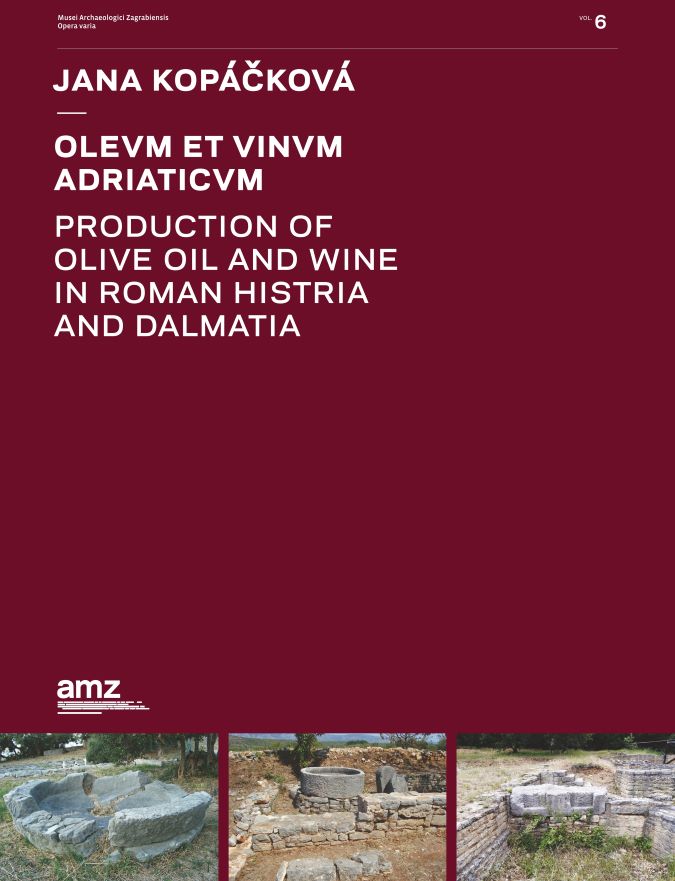
Jana Kopáčková, Oleum et Vinum Adriaticum. Production of Olive Oil and Wine In Roman Histria and Dalmatia(Opera Varia. Musei Archaeologici Zagrabensis VI) (Opera Varia. Arheološkog muzeja u Zagrebu VI)(Opera Varia of the Archaeological Museum of Zagreb VI)Zagreb 2023ISBN 978-953-8143-55-7 403 S./pp., zahlr. Farb- und S/W-Abb./num. colour and b/w-figs., 30 x 24 cm; broschiert/softcover
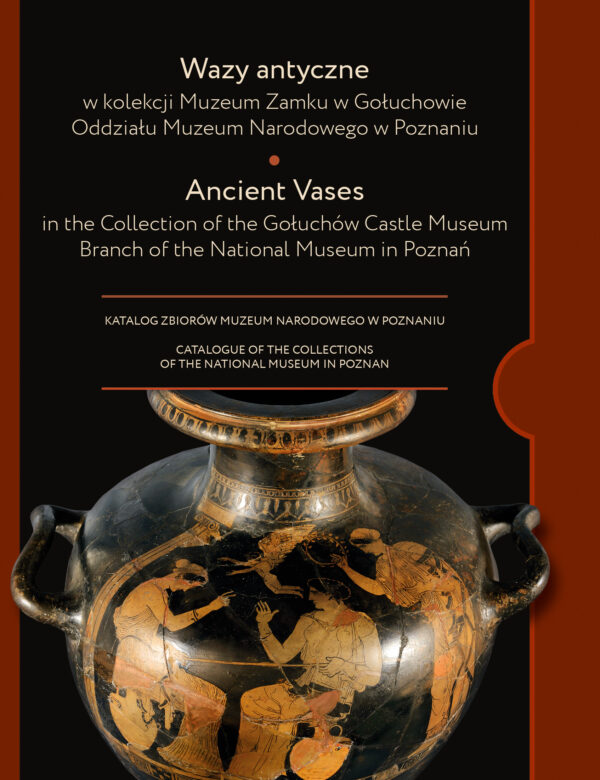
Inga Głuszek,Ancient Vases in the Collection of the Gołuchów Castle Museum, branch of the National Museum in Poznań / Wazy antyczne w kolekcji Muzeum Zamku w Gołuchowie, Oddziału Muzeum Narodowego w Poznaniu(Katalog zbiorów Muzeum Narodowego w Poznaniu / Catalogue of the Collections of the National Museum in Poznań ; vol. 15) Poznań 2023ISBN 978-83-67371-20-9 332 S./pp., zahlr. Farb- und S/W-Abb./num. colour and b/w-figs., 28 x 21,5 cm; broschiert/softcoverzweisprachig polnisch - englischbilingual polish - english
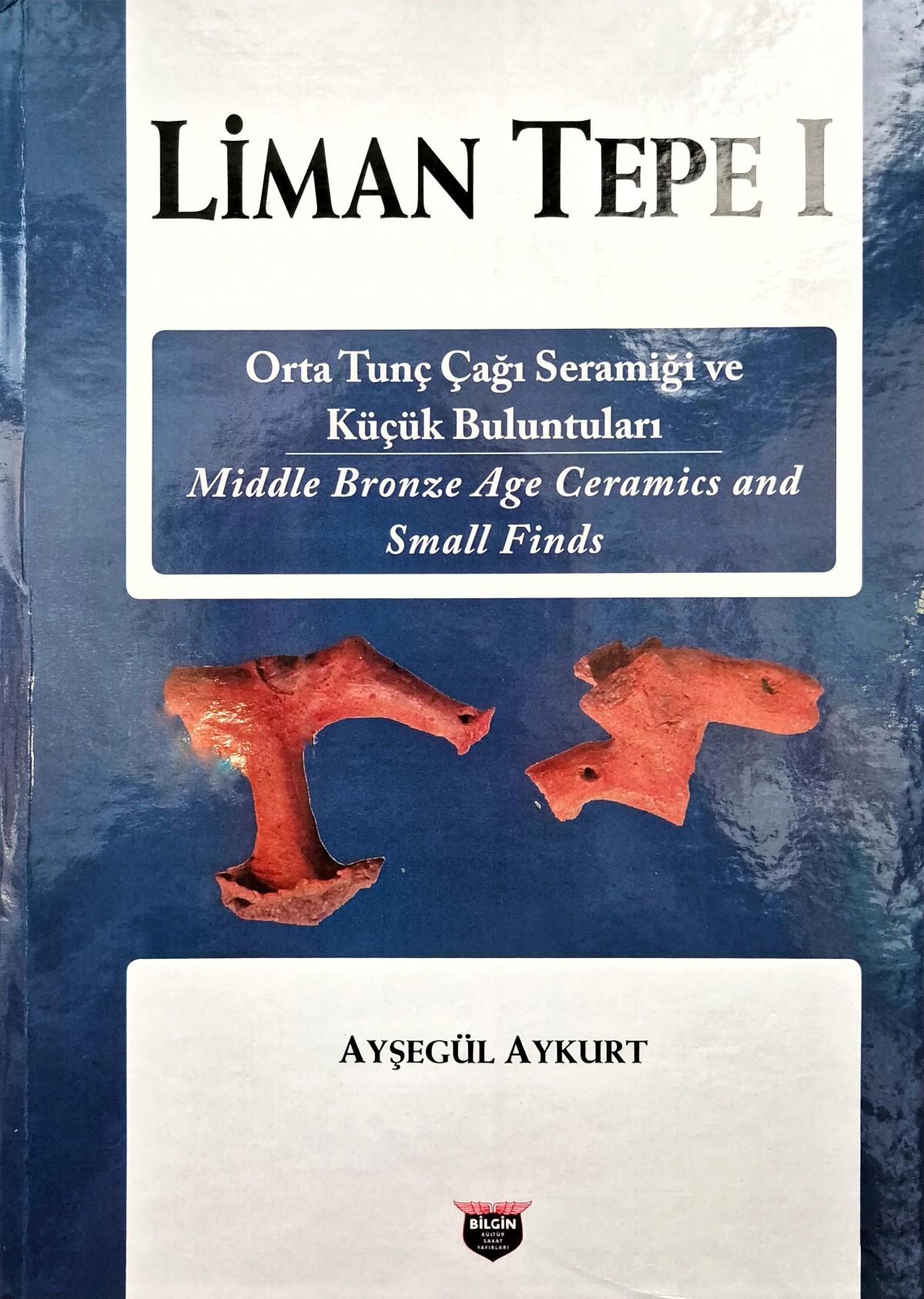
Ayşegül Aykurt, Liman Tepe I. Middle Bronze Age Ceramics and Small Finds / Orta Tunç Çağı Seramiği ve Küçük Buluntuları Ankara 2024ISBN 978-625-6925-50-2XIV + 718 S./pp., zahlr. S/W-Abb./ num. b/w-figs., 29 x 20 cm; kartoniert/hardcoverzweisprachig englisch - türkisch /bilingual english - turkish
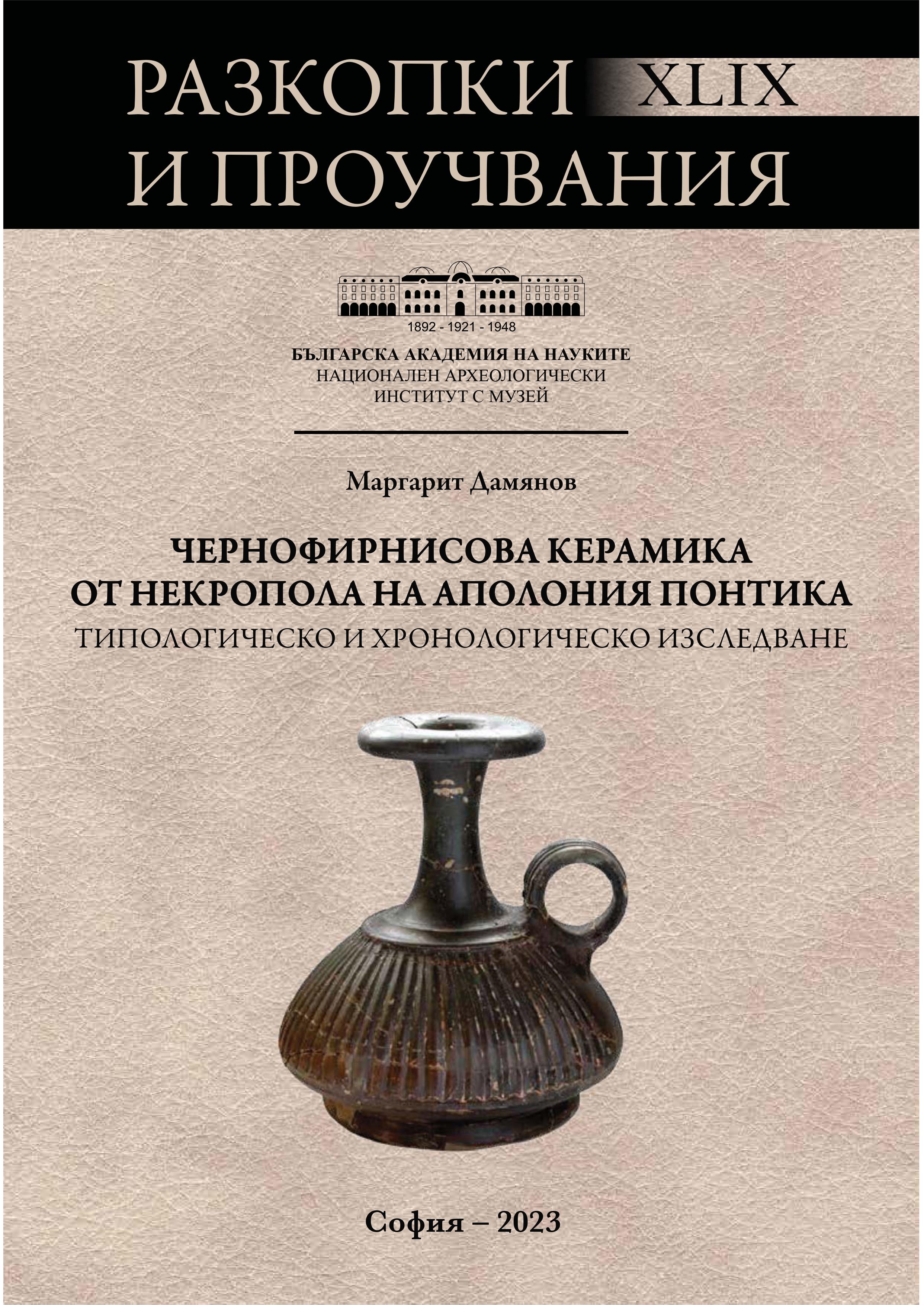
Margarit Damianov, Black-glaze pottery from the necropolis of Apollonia Pontica: Typological and chronological study /Чернофирнисова керамика от некропола на Аполония понтика: Типологическо и хронологическо изследване(Excavations and Research / Разкопки и проучвания, vol. 49)Sofia 2023ISBN 978-619-245-376-3296 S./pp., Farbabb./colour-figs., 28,5 x 20 cm; kartoniert/hardcoverbulgarisch mit ausführlicher Zusammenfassung in englischbulgarian with extended summary in english The present study is dedicated to some of the finds from a type of archaeological structures that are specific to the Classical and Hellenistic necropolis of Apollonia: the so-called "ritual fireplaces". These are remains of rituals carried out in the necropolis and related to food consumption or offerings and libations for the dead. Ritual fireplaces are usually discovered between the graves, most often next to stone walls and other structures delimiting burials or groups of burials. The repertoire of finds from the ritual fireplaces comprises mainly pottery: mostly black-glaze and plain vases, rarely painted (red-figure) ones. The shapes are mainly for serving food. Less represented are terracotta figurines, metal items, funerary wreaths, etc. It should be emphasized that the scope of the present study is modest: it analyzes only 45 out of hundreds of ritual fireplaces investigated in the necropolis of Apollonia in the last three decades. The analysis of several dozen fireplaces aims to partially fill a gap in the existing literature dealing with black-glaze pottery from the Bulgarian Black Sea coast.The monography comprises an introduction and three main chapters: Chapter I. Black-glaze pottery from the ritual fireplaces in the necropolis of Apollonia: Types and chronology, Chapter II. Catalogue of the black-glaze pottery with a commentary on the context (some 400 vases from investigations in Kalfata, Budzhaka, and Mesarite localities), and Chapter III. Other pottery. The conclusion discusses specific and the general problems of the pottery in the fireplaces, problems of chronology, and an attempt to bind archaeological evidence with historical processes.

Gülçin Ilgezdi Bertram – Musa Özcan – Jan-Krzysztof Bertram,The Late Chalcolithic and Early Bronze Age in Central Anatolia. Intermediate Style and Related Groups: Painted Pottery ca 2700/2600-2000 BC. Hashöyük - MercimektepeIstanbul 2023ISBN 978-605-396-607-4300 S./pp., 164 Farb- und S/W-Taf./164 colour and b/w-pls., 29,7 x 21 cm; kartoniert/hardcover
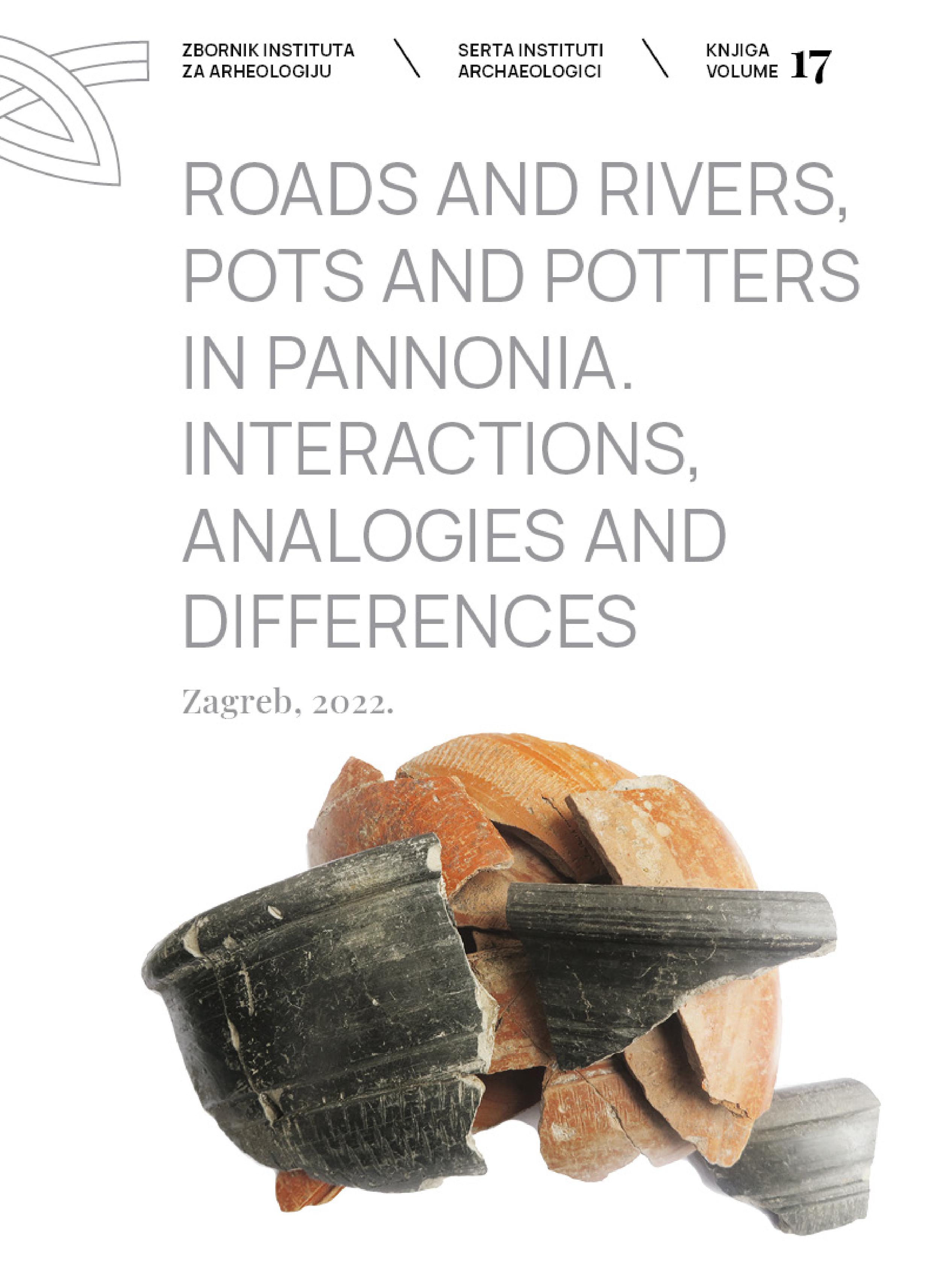
Ivana Ožanić Roguljić – Angelina Raičković Savić (eds.), Roads and Rivers, Pots and Potters in Pannonia. Interactions, Analogies and Differences(Zbornik Instituta za Arheologiju / Serta Instituti Archaeologici 17)Zagreb 2022ISBN 978-953-6064-59-5 216 S./pp., zahlr. S/W-Abb./num. b/w-figs., 29 x 21 cm; broschiert/softcover

Hatice Yılmazer, Anadolu'da AlabastronlarIstanbul 2023ISBN 978-625-6905-22-1VIII + 249 S./pp., zahlr. S/W-Abb./num. b/w-figs., 23,5 x 16 cm; broschiert/paperback
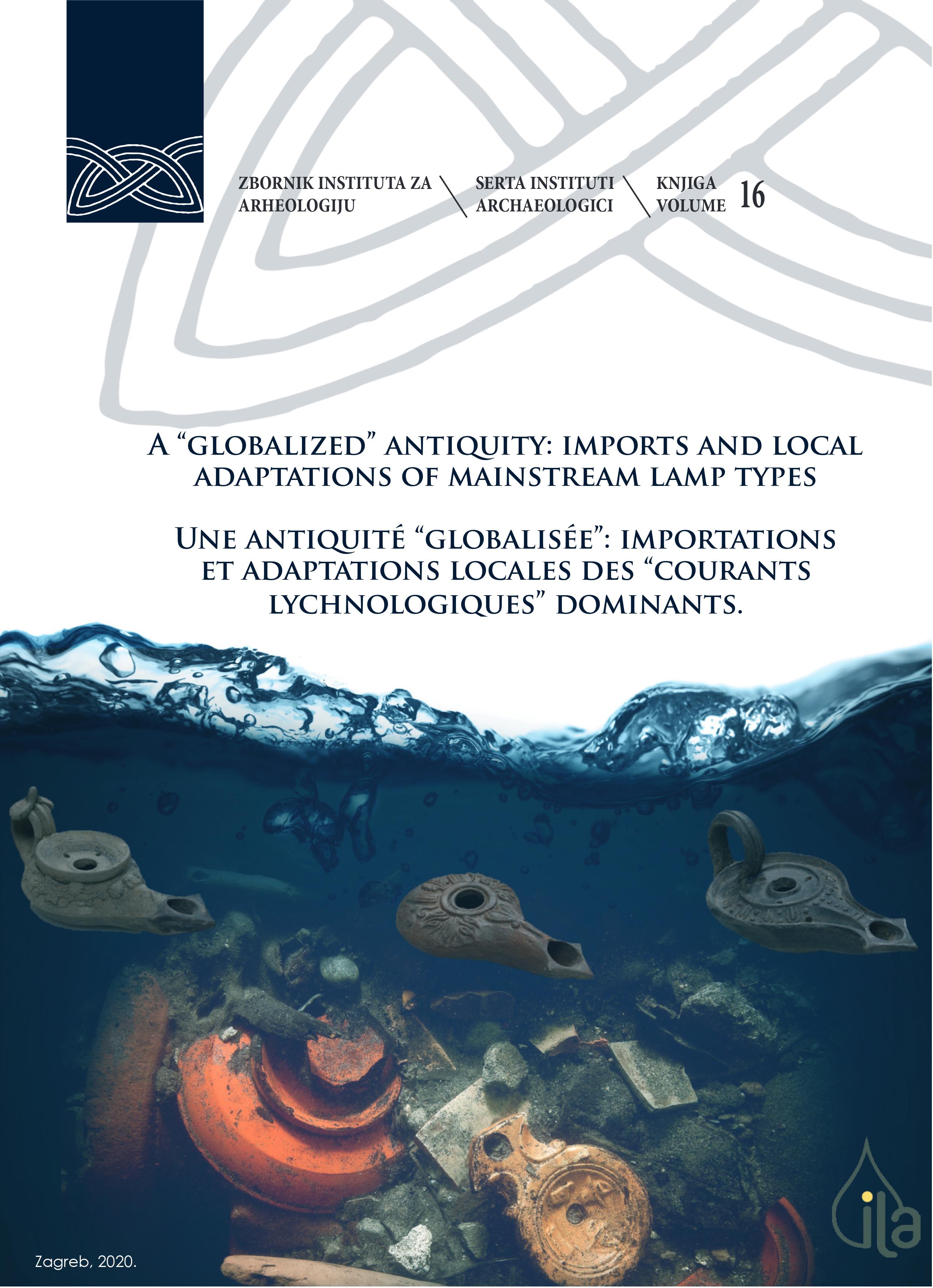
Laurent Chrzanovski – Marina Ugarković (eds.), A “globalized” Antiquity: imports and local adaptations of mainstream lamp types. the examples of “Ephesos lamps” in the Mediterranean and Black Sea and of roman “standard” types during the early imperial period in Gaul (Acta of the 6th and 7th round tables of the ILA – Athens, 15th of November 2019 and Geneva, 17th of February 2020) =Une Antiquité “globalisée”: importations et adaptations locales des “courants lychnologiques’’ dominants. les exemples des “lampes d’Éphèse” en Méditerranée et en Mer Noire et des types romains “standard” en Gaule durant le haut empire. (Actes de la 6 ème et de la 7ème table-ronde de l’ILA – Athènes, 15 novembre 2019 et Genève, 17 février 2020)(Zbornik Instituta za Arheologiju / Serta Instituti Archaeologici 16)Zagreb 2020ISBN 978-953-6064-56-4 300 S./pp., zahlr. S/W-Abb./num. b/w-figs., 29 x 21 cm; broschiert/softcover Text in englischer Sprache, Vorwort, Einleitung sowie Zusammenfassungen auch in französischer Sprache / Text in English, preface, introduction and summaries also in French

Petra Tušlová, The Yurta-Stroyno Archaeological Project. The Pottery Studies(Studia Hercynia, Monographs 3)Prag 2023ISBN 978-80-7671-110-5 238 S./pp., zahlr. Farb- und S/W-Abb./ num. colour and b/w-figs., 27 x 19 cm; broschiert/softcover
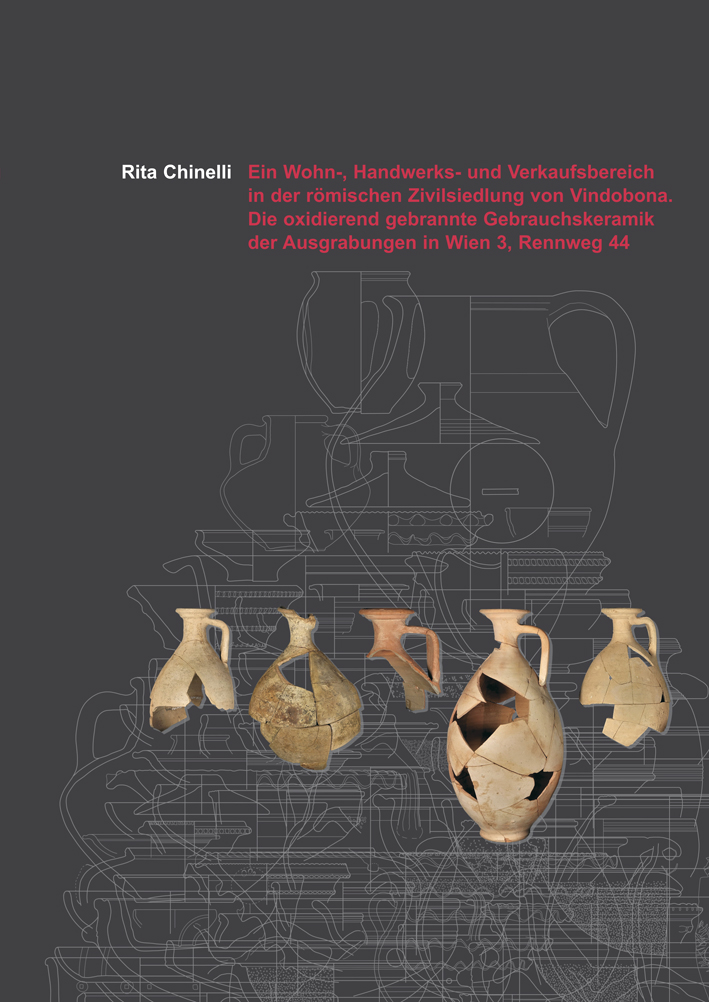
Rita Chinelli,Ein Wohn-, Handwerks- und Verkaufsbereich in der römischen Zivilsiedlung von Vindobona.Die oxidierend gebrannte Gebrauchskeramik der Ausgrabungen in Wien 3, Rennweg 44(Monografien der Stadtarchäologie Wien 13)Wien 2023ISBN 978-3-85161-288-2380 S./pp., zahlr. Farb- und S/W-Abb./num. colour and b/w-figs., 29,7 x 21 cm; kartoniert/hardcover Der vorliegende Band komplettiert die zurzeit umfassendste Auswertung einer archäologischen Untersuchung in der Zivilsiedlung von Vindobona. Jetzt ist die Möglichkeit geboten, das bislang besser erforschte militärische Zentrum – das Legionslager – dem zivilen vergleichend gegenüberzustellen und die Unterschiede wie auch die Gemeinsamkeiten aufzuzeigen. Mit der Vorlage der oxidierend gebrannten Gebrauchskeramik der Ausgrabungen in Wien 3, Rennweg 44 wird ein langjähriges Projekt zum Abschluss gebracht, das der Untersuchung mehrerer Parzellen im Zentrum der römischen Zivilsiedlung von Vindobona gewidmet war. Diese Keramik bietet einmal mehr Einblick in den Lebensraum von Handwerkern und Händlern an der wichtigen Verkehrsverbindung zwischen den Legionsstandorten Vindobona und Carnuntum. So wird etwa die Beeinflussung lokaler Vindobonenser Produktion durch Import und eventuell auch durch die Mobilität von Töpfern beleuchtet. Die Ergebnisse der archäometrischen Analysen vermögen es zudem lokale/regionale Produkte von denjenigen anderer Regionen abzugrenzen.Gebrauchskeramik unterlag nur einem geringen Formenwandel, sodass eine Typologie für nur bedingt stratifizierte Funde eines über 300 Jahre lang genutzten Areals lediglich grobe chronologische Einordnungen zulässt. Durch das Heranziehen von Parallelen aus den näher gelegenen Regionen, aber auch aus Gebieten von Germanien, Rätien bis Mösien wird versucht, Datierungen zu präzisieren.Die Beurteilung der Gefäßformen lässt Rückschlüsse zu auf Essgewohnheiten, Speisenzubereitung sowie Lagerhaltung. Für Letzteres sind die festgestellten Rückstände von Pech auf einigen Keramikfragmenten von Bedeutung.

Heves Saygıner, Ceramic Workshops in Hellenistic and Roman Anatolia. Production Characteristics and Regional Comparisons Istanbul 2022ISBN 978-605-72813-1-9 VIII + 100 S./pp., zahlr. S/W-Abb./ num. b/w-figs., 27,5 x 19,5 cm; broschiert/softcover
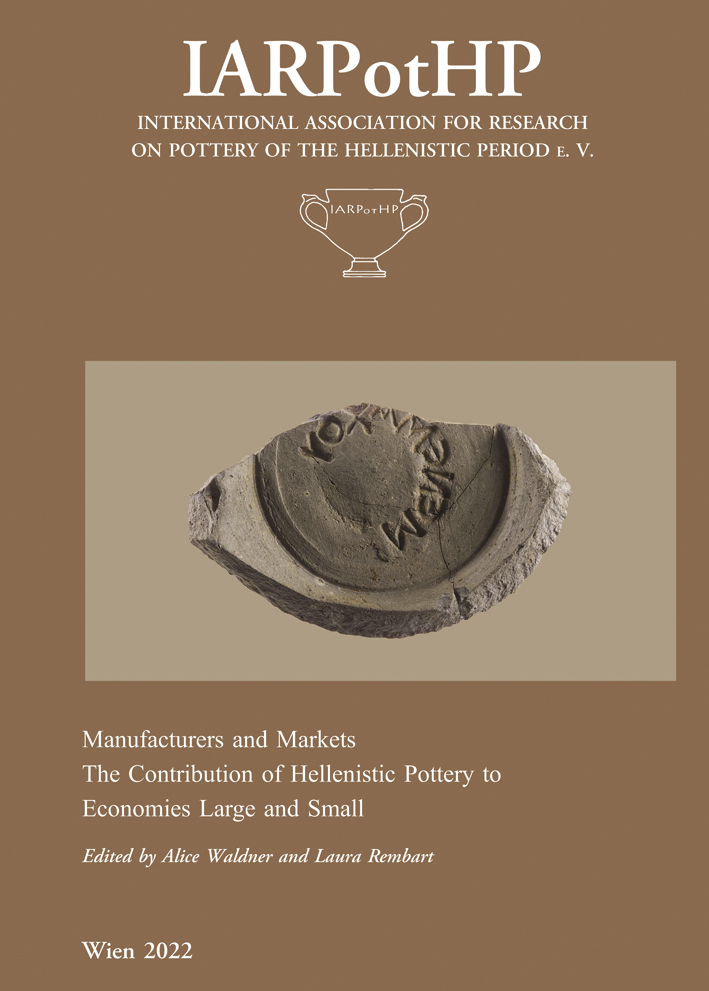
Laura Rembart - Alice Waldner (eds.),Manufacturers and Markets. The Contribution of Hellenistic Pottery to Economies Large and SmallProceedings of the 4th Conference of IARPotHP, Athens, November 2019, 11th-14th(IARPotHP 4)Wien 2022ISBN 978-3-85161-276-9822 S./pp., zahlr. Farb- und S/W-Abb./num. colour and b/w-figs., 29,7 x 21 cm; kartoniert/hardcover
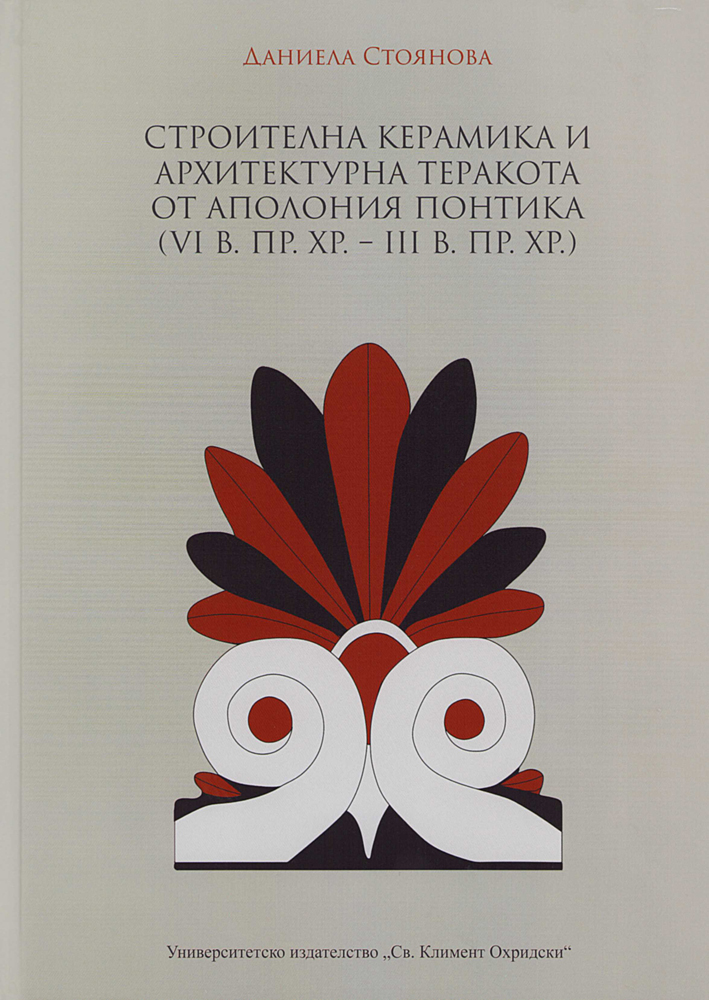
Daniela Stoyanova, Roof tiles and architectural terracottas from Apollonia Pontica (6th – 3rd c. BC) Строителна керамика и архитектурна теракота от Аполония Понтика (VI – III в. пр.Хр.)Sofia 2022ISBN 978-954-07-5393-5 190 S., zahlr. Farb- und S/W-Abb., 28 x 20 cm; kartoniert/hardcoverbulgarisch mit englischer Zusammenfassung
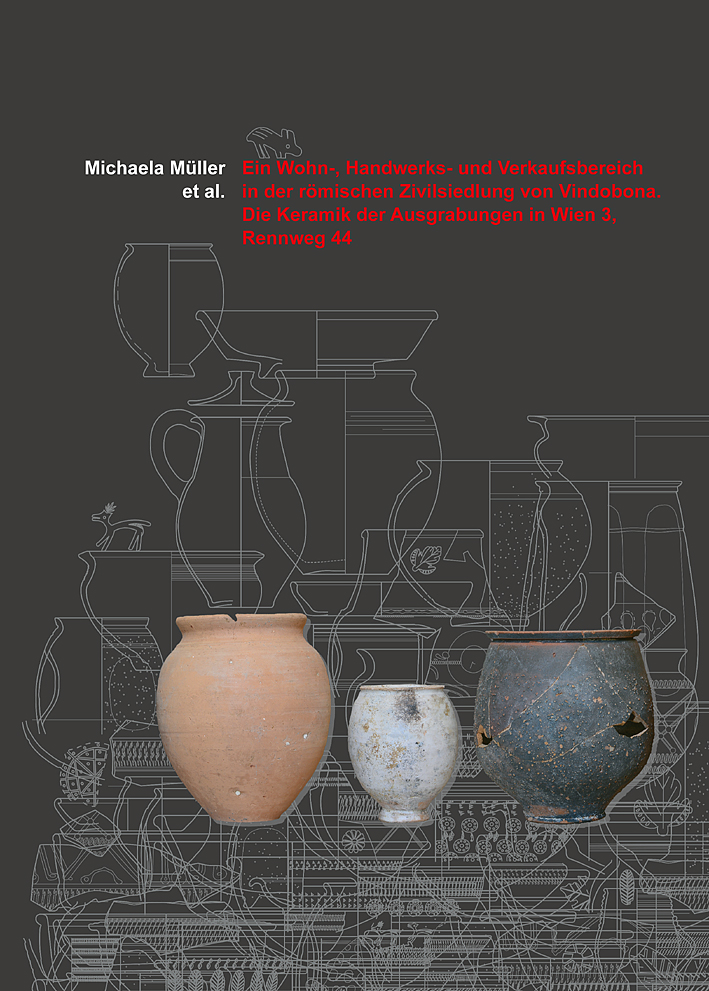
Michaela Müller u.a.,Ein Wohn-, Handwerks- und Verkaufsbereich in der römischen Zivilsiedlung von Vindobona.Die Keramik der Ausgrabungen in Wien 3, Rennweg 44(Monografien der Stadtarchäologie Wien 12)Wien 2021ISBN 978-3-85161-251-6448 S. mit zahlr. Farb- und S/W-Abb., 29,7 x 21 cm; kartoniert
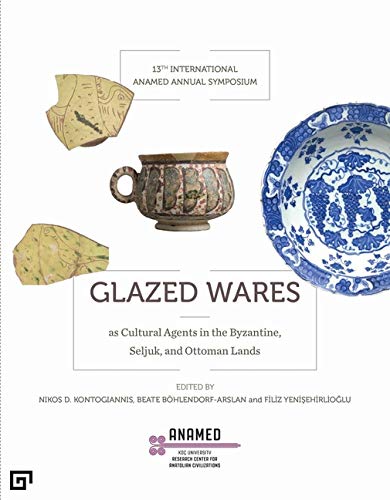
Nikos D. Kontogiannis – Beate Böhlendorf-Arslan – Filiz Yenişehirlioğlu (Hrsg.),Glazed Wares as Cultural Agents in the Byzantine, Seljuk, and Ottoman Lands(13th International Anamed Annual Symposium)Istanbul 2021ISBN 978-605-7685-38-4XIV + 449 S., zahlreiche Farb- und S/W-Abb., 25 x 19,5 cm, broschiert

